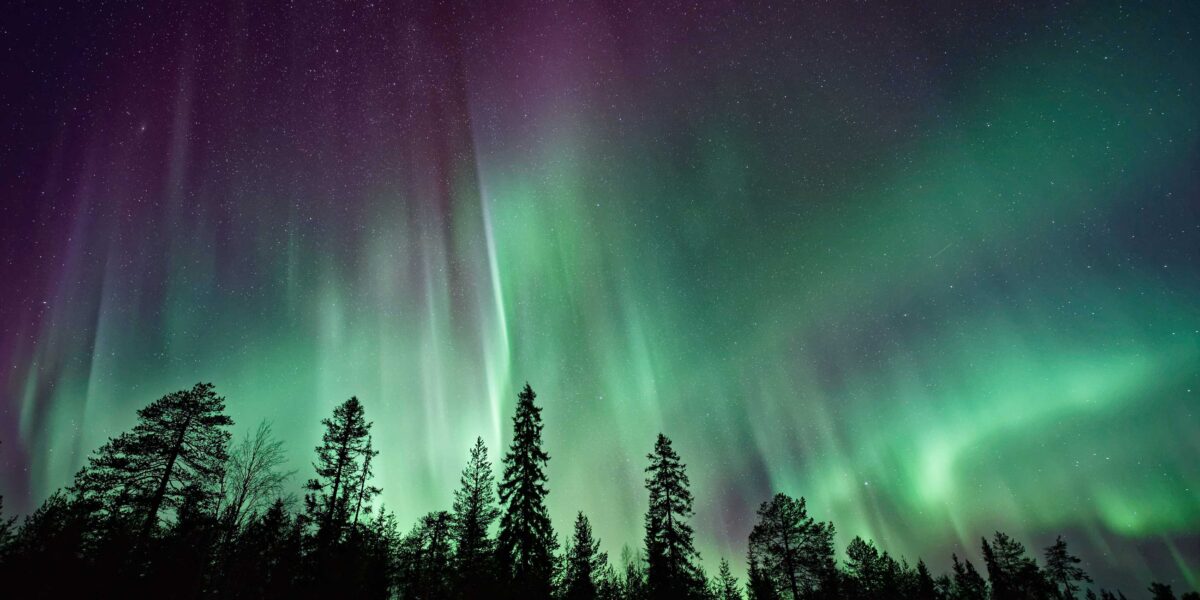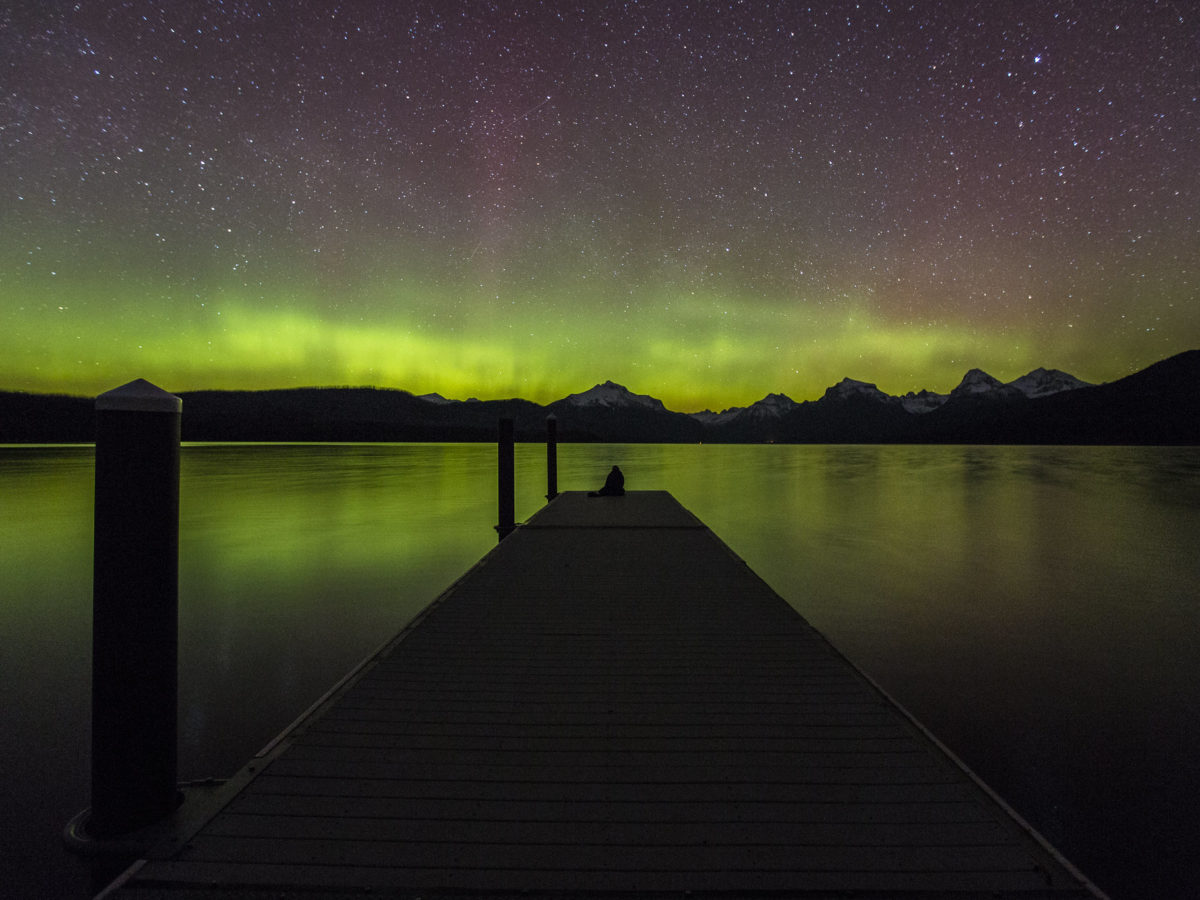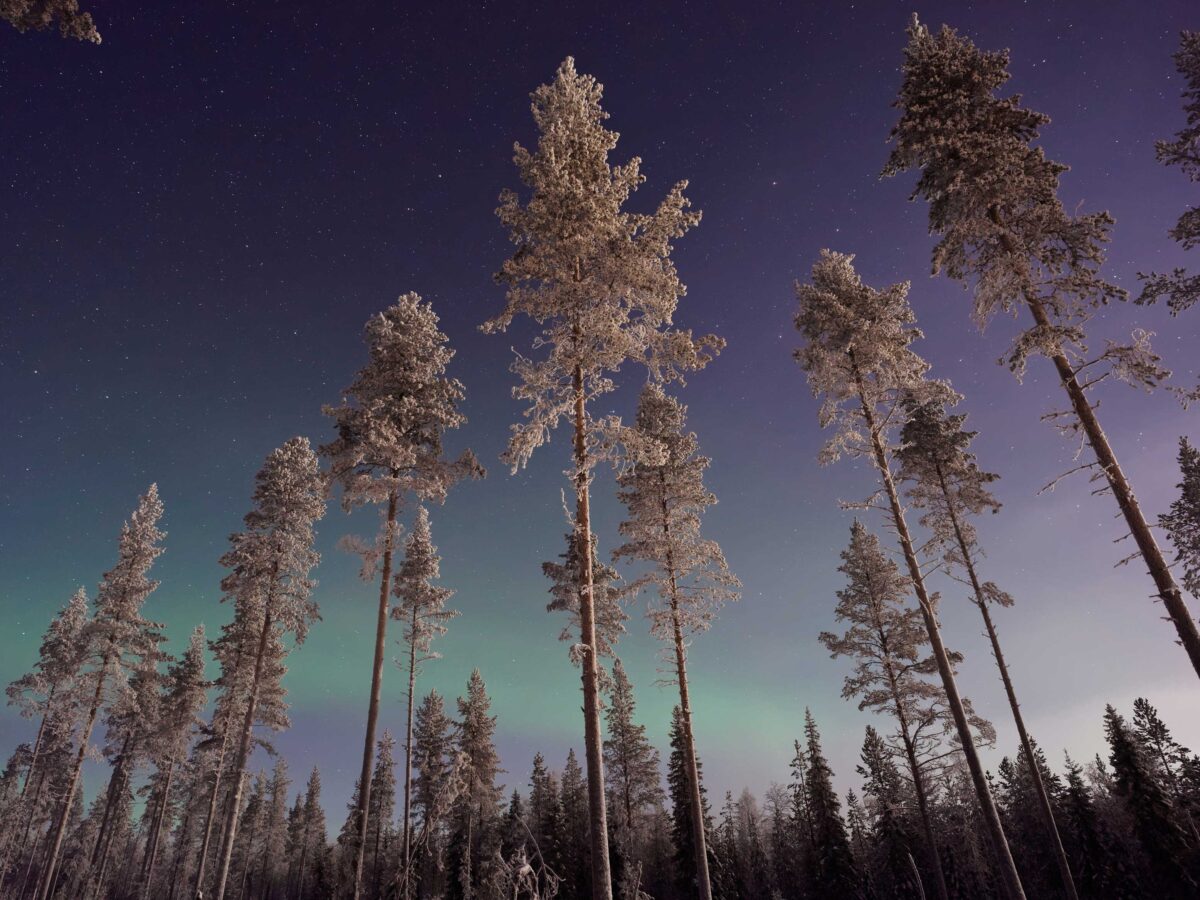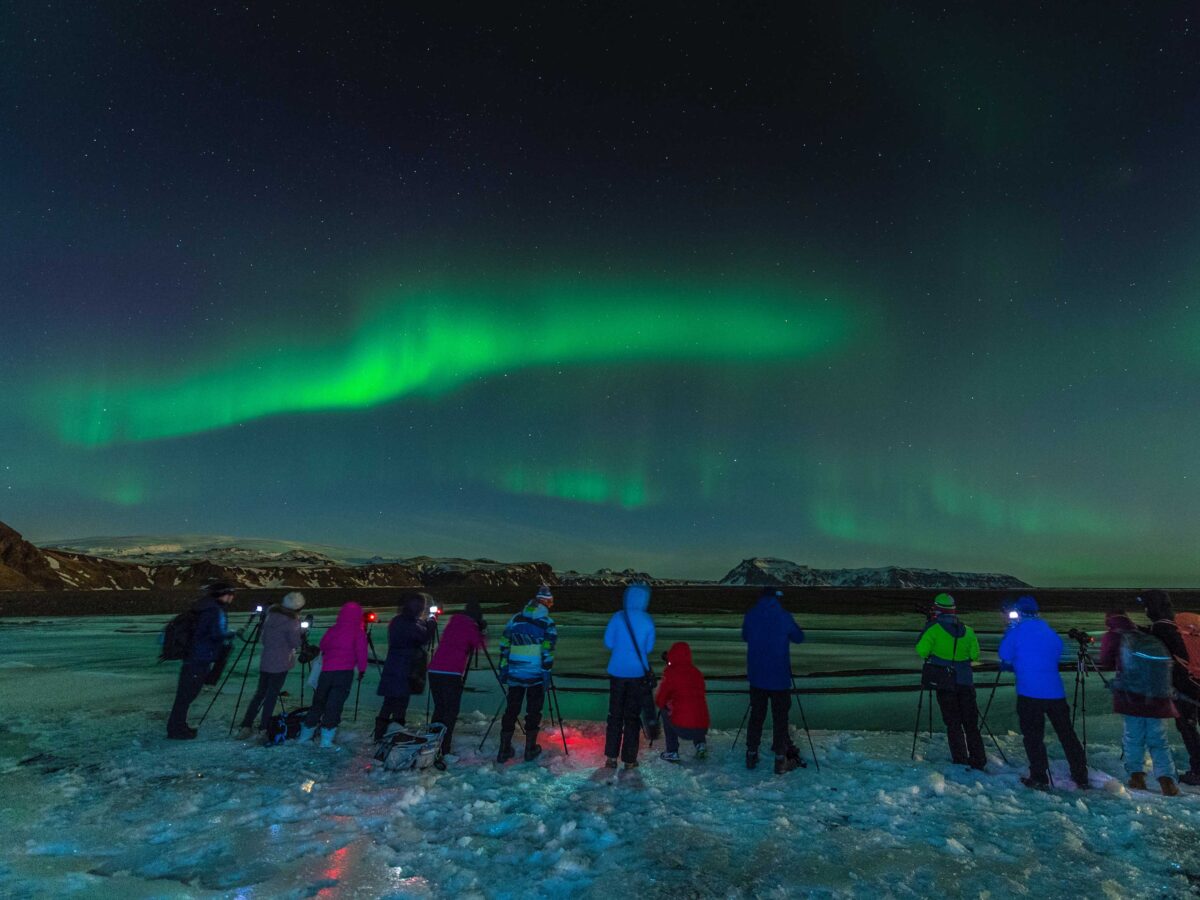
It’s Going to Be a Lot Easier to See the Northern Lights in 2024—Here’s Why
The sky’s most mystical phenomenon may be making a rare appearance in our skies soon.

I’ve seen the northern lights three times in my life. The first time, I was about 10 and living in New Hampshire. My father, who was a pilot and noticed things in the sky even when off duty, spotted them first and summoned the family, including his budding astro-geek of a firstborn, away from an episode of The Hulk and into the backyard, where we watched barely perceptible, slightly eerie green lights flickering across the dark small-town skies until past my bedtime.
The second time the magic happened for me was again in this same northern New England town, but this time I was in college and I was the one doing the rounding up. Most of my dormmates proved indifferent to my efforts, but I was able to drag one friend away from her books for a little while to look at those faint am-I-imagining-this-or-is-the-sky-really-glowing lights. She was from Sacramento, and had never seen the aurora borealis, and I remember being pleased that I could show a Californian something new. But I also remember being happy that I wasn’t alone, because there is something primal and unsettling about glowing lights in the sky.
The third and most spectacular time I saw the phenomenon, I was on a plane, traveling at night up the East Coast somewhere between Charlotte, North Carolina, and Hartford, Connecticut. I became aware of a glow, mostly red this time, in the sky over the Atlantic Ocean. Soon the captain spoke to us over the intercom, explaining that there was a strong and unusually southerly display of the aurora borealis going on outside, and that he’d received permission from air traffic control to take the plane in a long, slow circle to give the passengers on the other side of the aisle a look at the shifting, shimmering apparition. (Yep, pilots: They notice things and want you to see them, too,)
Timing Is Everything

Courtesy of NPS /Jacob W. Frank
What, if anything, links these three separate sightings? It’s not location—the fact that the East Coast is where I’ve always seen the northern lights is just a coincidence.
The common denominator is actually timing. The northern lights tend to ebb and flow in 11-year solar cycles, and in doing the math, I recently realized that each of my sightings happened 11 years apart, each one not long past a time of peak activity.
And that’s not all that the math reveals: Marching my personal timeline forward tracks with what scientists predict: We’re coming up on another peak, technically called a solar maximum—and early indications suggest that we’re going to be in for quite a show, possibly as early as next year. In fact, it may have already started.
Anatomy of a Solar Maximum
The northern lights are caused, ultimately, by the sun. Our star’s magnetic field flips approximately every 11 years. When the electromagnetic situation is in flux like that, things tend to go a little haywire on the surface. Some regions develop cool spots that glow a darker red than the rest of the orb—those are called sunspots. (Don’t try this at home, but scientists can count them and predict when we’re nearing solar maximum.) Other parts roil with activity and send flares of ions shooting off into space. When charged particles from these flares interact with the earth’s own magnetic field, energy is released, particularly around the Earth’s magnetic poles, which are located in the Arctic and Antarctic regions. If we’re in the right place, we can see this energy in the form of visible light, most commonly green, but sometimes red, pink, or white.
Aurorae happen most days of the year, but usually only faintly, and only near the north and south poles. Alaska is the only part of the United States where appearances of the northern lights could be described as anything close to common. During a solar maximum period, however, the sun can get so riled up that it ejects plumes of energy powerful enough to ignite displays visible in the Lower 48.
It’s impossible to predict exactly when this will happen next because the solar cycle is one of the most loosy-goosy in astronomy—solar maximums have been separated by as few as nine years, and by as many as 14. In 2019, a group of scientists known as The Solar Cycle 25 Prediction Panel forecasted that the next one would peak in July 2025. But given that scientists are already reporting unusually high numbers of telltale sunspots, and more importantly, that nighttime observers have already seen powerful and southerly displays of the northern lights, it seems like we may be even closer to a maximum, with some saying it’s coming as soon as the summer of 2024.
Keep an Eye on the Sky

Photo by Vincent Guth on Unsplash
This doesn’t mean, though, that you can’t start looking for the northern lights sooner than that. Already this year, sightings have been reported in California, Colorado, and even Arizona. The northern lights usually put on good shows for at least a year on either side of a solar maximum, so they really could happen any night at this point.
There are a few things you can do to give yourself a chance to see the aurora. One is to take yourself to far northerly locale, such as Alaska, Canada, or Scandinavia. But the beauty of the impending solar max is that you may not have to go nearly so far. In 1989, the lights were visible as far south as Honduras, so they just may come to you even if you’re in the lower 48.
While it’s impossible to predict exactly when or where the northern lights will happen, they tend to occur 1-3 days after big solar flares. These flares—also called coronal mass ejections—are a big enough deal that they usually make the news, so set an alert and start looking up the night after you get the word that one is happening.
There are also online trackers you can check that predict whether you might be gifted with a display. This one gives a three-day forecast of solar energy levels, and this slightly more accessible one gives a nearly real-time view of where on Earth the lights can be seen.
A Solar Storm Is Coming—Now What?

Ken Cheung
Wherever you find yourself on a night when there’s a chance of an event, get yourself as far from city lights as you can. The aurora can be dim—dimmer than you might be expecting based on photos you’ve seen, which are usually taken using a long exposure time to maximize light collection. The lights will appear, as you might guess, in the northern part of the sky, so make sure your viewpoint has a good sightline in that direction. The aurora tends to peak between 9 p.m. and 3 a.m., so caffeinate accordingly. Don’t bother with a telescope or binoculars. The northern lights cover a fairly large part of the sky and looking through an optical instrument will just limit your field of view too much.
One other thing to leave at home, or at least in your pocket: your phone. The light from it will seriously compromise your night vision—one TikTok video and you might as well have stared into a car headlight. Yes, waiting around for the solar winds to blow your way can be trying. But do your best to stay present. The ethereal and fleeting sight of the northern lights is a bucket-list experience, worth waiting for and greeting with your full attention (and your keenest night vision). It’ll be a moment you won’t forget any time soon.
And if you’re lucky enough to get to share the experience with kids, well, something tells me that this is a thing they’ll be talking about decades later, too.
